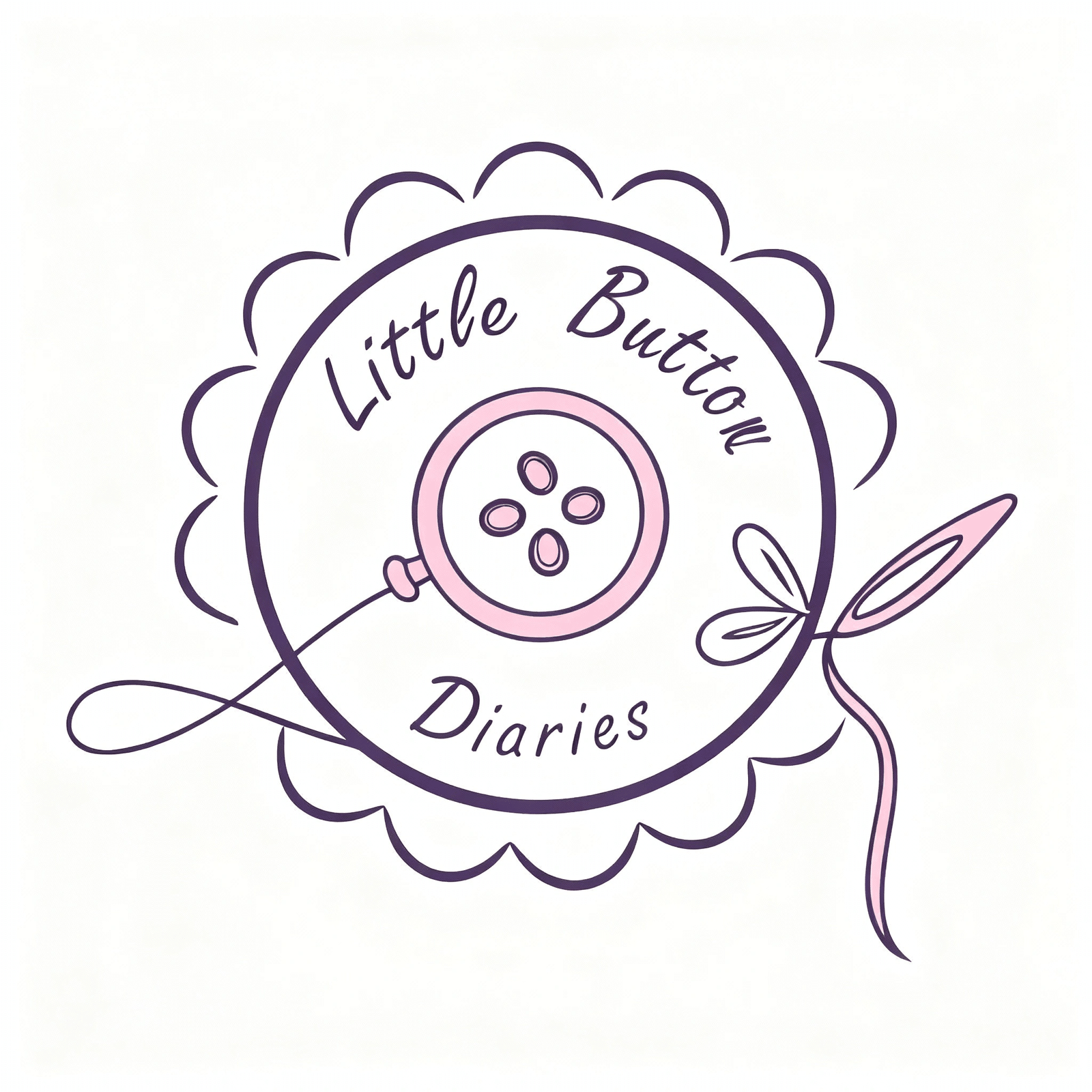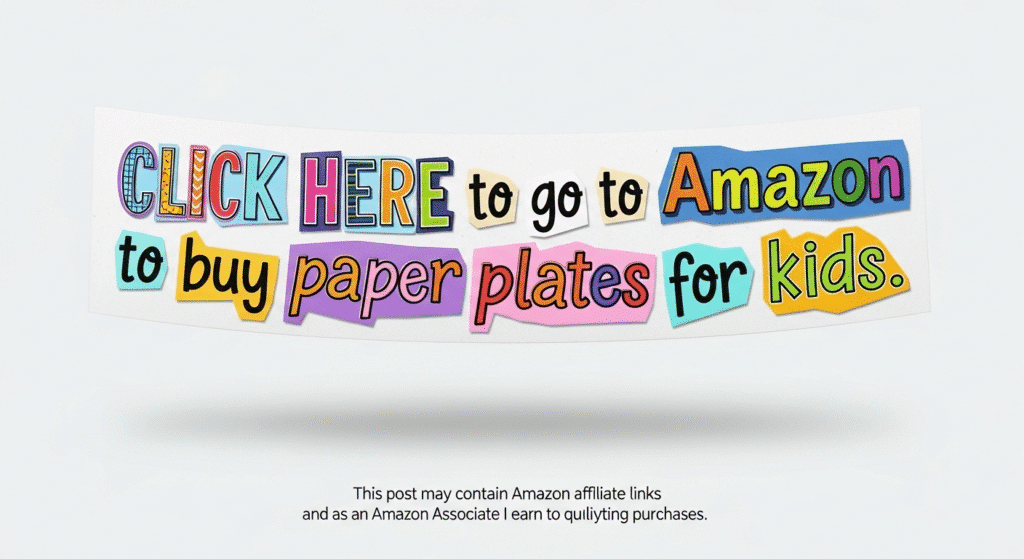Snow paint lets kids turn snowy yards into colorful artworks using simple food coloring and water. This guide shows how to make snow paint, what supplies you’ll need, and creative ideas to keep children entertained and active during winter.
Key Takeaways
- Snow painting turns winter landscapes into colorful masterpieces, allowing kids to express their creativity outdoors during colder months.
- Prepare snow paint easily at home using cornstarch, water, and food coloring, then gather supplies like spray bottles and paint brushes for fun painting sessions.
- Snow painting promotes physical activity and cognitive skills in kids, while offering a unique way to enjoy winter, indoors or outdoors.
- What is Snow Paint?
- Essential Supplies for Snow Painting
- How to Make Snow Paint at Home
- Setting Up Your Snow Painting Area
- Creative Ideas for Snow Painting
- Benefits of Snow Painting for Kids
- Indoor Alternatives: Painting Snow Inside
- Safety Tips for Snow Painting
- Clean-Up Tips After Snow Painting
- Summary
- Frequently Asked Questions
What is Snow Paint?

Snow painting is an outdoor winter art activity that uses snow as a canvas for children’s artistic expressions. It’s an ideal way to keep kids entertained during the cold winter months when staying active outdoors can be a challenge. Imagine your child transforming a plain snowy yard into a vibrant masterpiece—it’s an experience that brings both fun and color to the winter season.
This creative activity opens up a new medium for children’s artistic expression. Using tools like paint brushes and spray bottles filled with colored water, kids can let their imaginations run wild and create beautiful art on the snow. Whether it’s painting snowballs or creating a colorful landscape, snow painting is a magical way to bring art and winter together.
Essential Supplies for Snow Painting

Gathering the right supplies is key before starting snow painting. Food coloring, which mixes easily with water, is the most critical ingredient for creating vibrant snow paint. Water serves as the base when mixed with food coloring.
Various tools can apply the colored water to the snow. Spray bottles and squirt bottles are particularly effective, allowing kids to cover large areas or create detailed designs. While spray bottles enhance color visibility, they can be tricky for little hands wearing mittens.
Plastic squirt bottles are easier for children to handle. Ensure you gather plenty of containers to hold your mixed colors. Paint brushes can add more detailed touches to the snow art. With these supplies ready, it’s time for an afternoon of winter fun and creativity.
How to Make Snow Paint at Home
Creating snow paint at home is straightforward and enjoyable. The main ingredients are cornstarch, water, and food coloring—common household items that are safe for kids.
Begin by mixing 2 tablespoons of cornstarch with 2 cups of water in a bowl. Stir until the mixture reaches a smooth, milk-like consistency. This forms the base, giving the snow paint the right texture to stick without freezing or melting too quickly.
After preparing the base, add color by mixing a few drops of food coloring into the cornstarch and water until you reach the desired shade.
Collect fresh snow and pack it into flat trays to create the perfect canvas for your kids’ snowy photos masterpieces.
Setting Up Your Snow Painting Area
Set up a designated area where your kids can paint snow safely and comfortably. Winter is ideal for snow painting, especially with ample snow. Crusty snow works well, providing a firm surface for painting.
To organize trays of snow for neat and enjoyable painting sessions:
- Place trays of snow in a designated area.
- Use a plastic tablecloth underneath the trays to protect surfaces and simplify clean-up.
- If more snow is expected, consider setting up an umbrella to shield both the painter and supplies.
Tips for staying warm and organized while painting snow:
- Dress in layers to stay warm.
- Ensure kids wear waterproof gloves or mittens to keep their hands dry and warm.
- Use chemical hand warmers on extremely cold days.
- Carry a waterproof backpack to keep supplies organized and dry.
Creative Ideas for Snow Painting

With everything set up, it’s time to get creative! One simple method is using spray bottles. Adjust the nozzle for better coverage and watch the colors spread beautifully across the snow. Eye droppers or squirt bottles can be used for more detailed work.
Encourage experimentation with different techniques, like splatter painting or painting snowballs, to create unique and exciting art pieces. For a structured approach, create frames by placing twigs in the snow to give the artwork a defined border.
Consider a collaborative project to engage kids and their friends in painting a multi-colored ‘candy mountain’:
- Pile up snow to form the mountain.
- Fill bowls with colored water.
- Provide paint brushes for decorating.
- Encourage children to create beautiful and imaginative artworks.
This activity can engage children for over an hour, making it an awesome wonderful green site house lot way to entertain bringing a bit of light forget spend time outdoors wet grass stream week kind links comment.
Benefits of Snow Painting for Kids

Snow painting is not only fun but also a learning activity. It encourages kids to mix food coloring to create new colors, enhancing their understanding of colour theory. This hands-on activity fosters cognitive development as children explore color blending.
Snow painting promotes physical health by encouraging kids to be active outdoors, even in cold weather. Activities involved include:
- Gathering snow
- Squirting paint bottles
- Bending down to create masterpieces All these contribute to physical exercise, making it a wholesome winter activity.
Beyond educational and physical benefits, snow painting offers endless fun. Kids of all ages love it, from toddlers to preschoolers and beyond. It brings joy and creativity to winter days, ensuring the whole family enjoys the snowy season to the fullest.
Indoor Alternatives: Painting Snow Inside
Sometimes, the weather is too harsh for outdoor activities. However, you don’t have to miss out on snow painting. By painting snow inside, you can enjoy this winter activity without braving the cold. Set up a storage container on the kitchen floor with a towel underneath to catch any excess water.
Create vibrant colors for your indoor snow painting session by mixing food coloring with water. A storage container filled with snow can provide hours of entertainment, allowing kids to paint and play in a warm environment. This setup is ideal for those who may not enjoy the cold or wearing heavy winter clothing.
Indoor snow painting brings the magic of winter inside. It’s a fun and engaging activity that keeps kids entertained while allowing them to express their creativity. Plus, it’s perfect for days when the weather is too harsh for outdoor activities.
Safety Tips for Snow Painting

Safety first! Ensure your kids are dressed appropriately for the weather. Waterproof gloves are essential to keep their hands dry and warm. Although food coloring is generally safe, gloves prevent staining and keep little hands clean.
Protect your skin and eyes from sunburn, as snow’s reflective qualities can increase UV exposure. Using a funnel to pour prepared snow paint into spray bottles can help avoid spills and make the process smoother.
Keep old towels or rags handy for quick clean-ups of spills or splatters. If food coloring gets on clothes, rinse immediately with cold water before washing to prevent stains. For stubborn stains, consider using a stain remover before laundering. Safety and cleanliness are key to making snow painting a delightful experience for everyone.
Clean-Up Tips After Snow Painting
Cleaning up after snow painting is surprisingly easy:
- Snow paint is temporary, lasting only until the snow melted.
- Clean-up is effortless because you simply let the painted snow melt away.
- The painted snow will disappear without a trace.
Store any leftover snow paint in a cool place like a garage until you need to save it again. This allows for multiple snow painting sessions without having to prepare new paint each time.
These simple tips help keep your snow painting fun and glad hassle-free.
Summary
Snow painting is an enchanting winter activity that combines creativity with outdoor fun. It allows kids to explore their artistic side while enjoying the beauty of winter. From making your own snow paint to setting up a painting area and trying out creative ideas, snow painting offers endless possibilities for fun and learning.
So, gather your supplies, bundle up, and head outside for a magical painting session. Or, if it’s too cold, bring the snow inside and let the creativity flow in the warmth of your home. Either way, snow painting is sure to bring joy and excitement to your winter days. Happy painting!
Frequently Asked Questions
What is snow paint made of?
Snow paint is simply made from water, cornstarch, and food coloring, creating a fun and colorful way to decorate the snow!
What supplies do I need for snow painting?
You’ll need food coloring, water, spray or squirt bottles, paint brushes, and something to mix your colors in. Don’t forget waterproof gloves and a plastic tablecloth to keep things tidy!
Can I paint snow indoors?
Absolutely, you can paint snow indoors! Just fill a container with snow, mix food coloring and water for some fun colors, and don’t forget to put a towel underneath to catch any spills.
How do I clean up after snow painting?
The good news is snow paint fades as the snow melts away. For any mess, just grab some old towels for spot cleaning and rinse any stained clothes with cold water before tossing them in the wash.
What are the benefits of snow painting for kids?
Snow painting is a fantastic way for kids to explore color theory while getting active and creative in the winter. It’s all about having fun outdoors and making the most of the snowy season!


